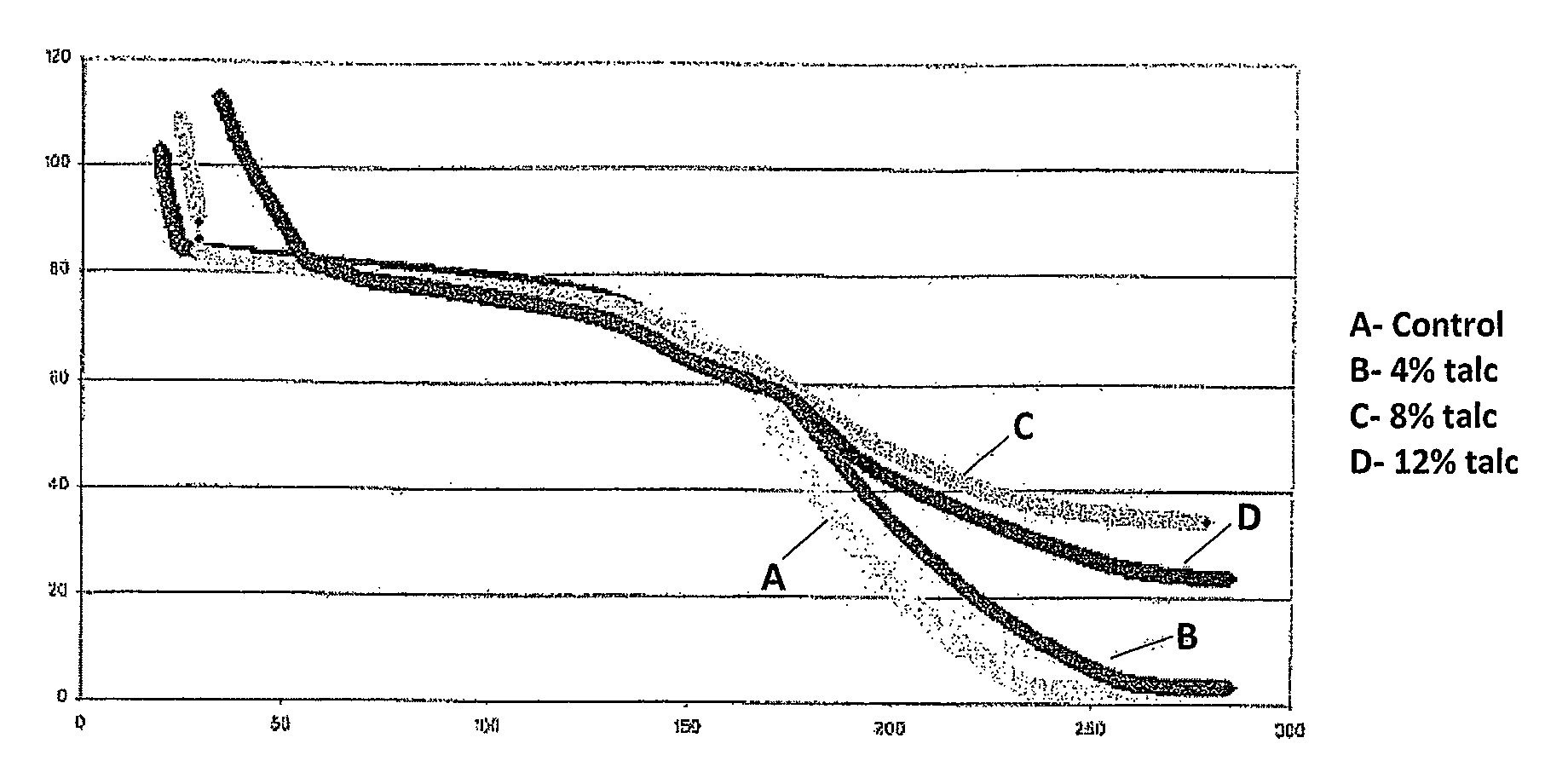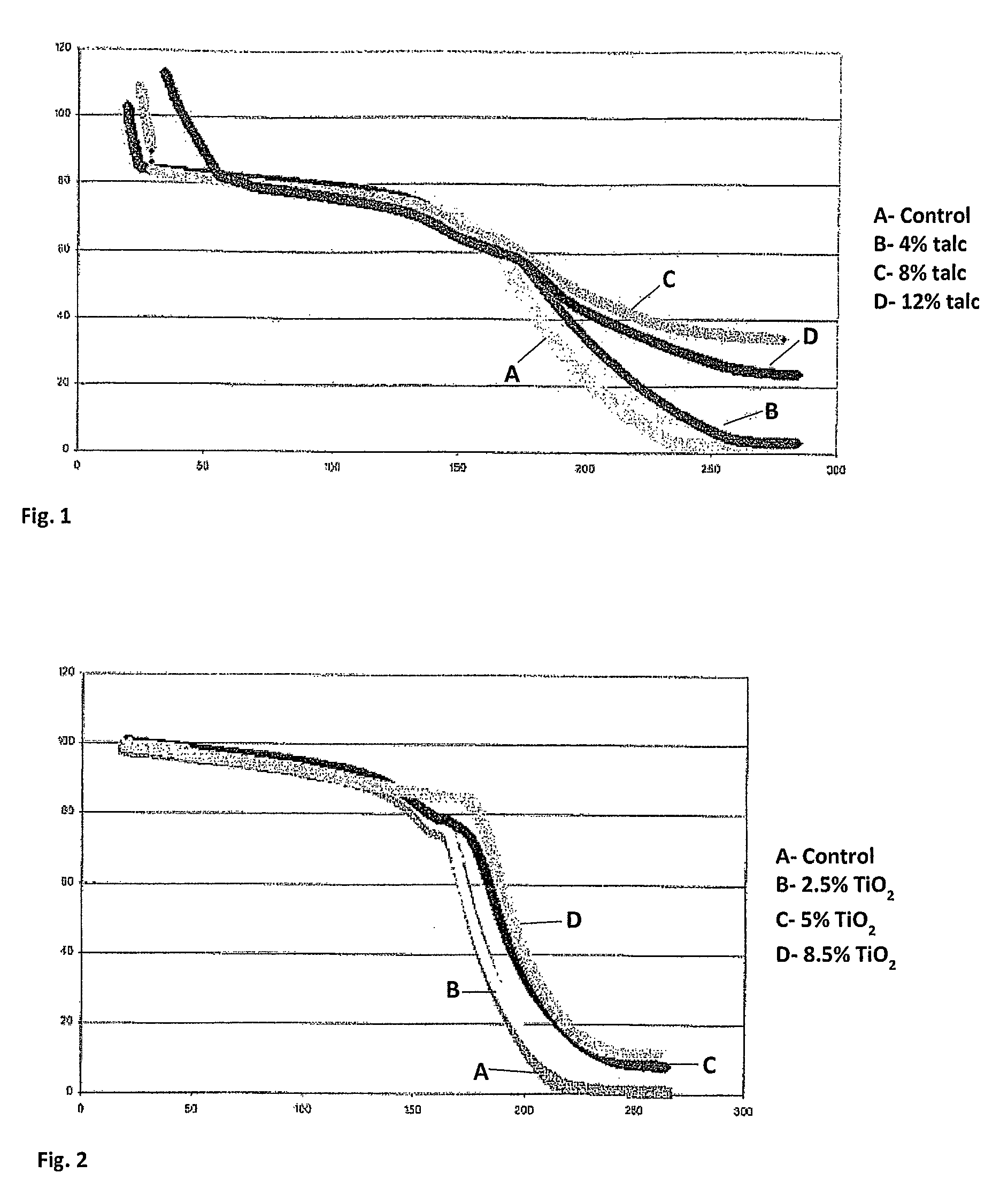Battery separator with Z-direction stability
a battery separator and stability technology, applied in the direction of li-accumulators, cell components, cell component details, etc., can solve the problems of 99% of failures, potential problems such as thermal runaway, and hazardous situation of batteries
- Summary
- Abstract
- Description
- Claims
- Application Information
AI Technical Summary
Benefits of technology
Problems solved by technology
Method used
Image
Examples
Embodiment Construction
[0020]A battery, as used herein, refers to a charge storage device, e.g., a chemical generator of emf (electromotive force) or a capacitor. Typically, the battery is a device comprising, in general, an anode, a cathode, a separator, an electrolyte, and a housing (or can). The battery, which is believed to have the greatest potential to benefit from the present invention, is a rechargeable lithium battery, e.g., having a lithium metal (Li), lithium alloy (LiSiX, LiSnX, LiAlX, etc.), or a lithiated carbon material (LiXC6, where X≦1), or an intercalation compound (or transition metal compound) as a negative electrode (anode). Such intercalation compounds may include, but are not limited to, LiXWO2, LiXMoO2, LiXTiS2, and LiXTiYOZ. These rechargeable lithium batteries are also known as lithium ion batteries or lithium polymer batteries. The cathodes, electrolytes, and housings for such batteries are well known and conventional. The separator, by which the improvement discussed herein is ...
PUM
| Property | Measurement | Unit |
|---|---|---|
| particle size | aaaaa | aaaaa |
| thickness | aaaaa | aaaaa |
| porosity | aaaaa | aaaaa |
Abstract
Description
Claims
Application Information
 Login to View More
Login to View More - R&D
- Intellectual Property
- Life Sciences
- Materials
- Tech Scout
- Unparalleled Data Quality
- Higher Quality Content
- 60% Fewer Hallucinations
Browse by: Latest US Patents, China's latest patents, Technical Efficacy Thesaurus, Application Domain, Technology Topic, Popular Technical Reports.
© 2025 PatSnap. All rights reserved.Legal|Privacy policy|Modern Slavery Act Transparency Statement|Sitemap|About US| Contact US: help@patsnap.com



